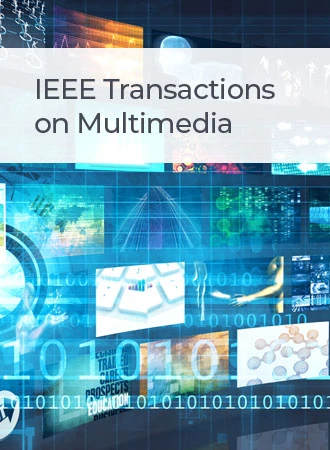图代理融合:共识图中介多视图局部信息融合聚类
IF 8.4
1区 计算机科学
Q1 COMPUTER SCIENCE, INFORMATION SYSTEMS
引用次数: 0
摘要
多视图聚类(MVC)可以将多个视图的信息进行融合,从而获得鲁棒的聚类结果,其中早期融合和后期融合两种融合策略被广泛采用。尽管他们已经衍生出许多MVC方法,但仍然存在两个关键问题:(1)早期融合迫使多个视图共享一个共识潜在表示,这增加了挖掘特定于视图的不同局部信息的挑战;(2)后期融合独立生成视图分区,然后将它们集成到接下来的聚类过程中,这两个过程不能相互指导,缺乏必要的协商。鉴于此,我们提出了一种新的图代理融合(GPF)方法,在一个统一的框架中协调地保存和融合特定于视图的局部信息。具体来说,我们首先提出了基于锚点的局部信息学习来捕获二部图中特定视图的局部结构信息;同时,将基于自表达性的代理图学习模块学习到的视图一致图作为高阶代理;然后,利用高阶相关理论将所有低阶二部图集成到高阶代理中。作为一种新的融合策略,GPF能够有效地研究多视角的有价值共识和多样化信息。在多视图数据集上的实验证明了该方法的优越性。本文章由计算机程序翻译,如有差异,请以英文原文为准。
Graph Proxy Fusion: Consensus Graph Intermediated Multi-View Local Information Fusion Clustering
Multi-view clustering (MVC) can fuse the information of multiple views for robust clustering result, among it two fusion strategies, early-fusion and late-fusion are widely adopted. Although they have derived many MVC methods, there are still two crucial questions: (1) early-fusion forces multiple views to share a consensus latent representation, which compounds the challenge of excavating view-specific diverse local information and (2) late-fusion generates view-partitions independently and then integrates them in the following clustering procedure, where the two procedures cannot guide each other and lack necessary negotiation. In view of this, we propose a novel Graph Proxy Fusion (GPF) method to preserve and fuse view-specific local information concertedly in one unified framework. Specifically, we first propose anchor-based local information learning to capture view-specific local structural information in bipartite graphs; meanwhile, a view-consensus graph learned through self-expressiveness-based proxy graph learning module is deemed as a higher-order proxy; following, the novel graph proxy fusion module integrally embeds all lower-order bipartite graphs in the higher-order proxy via higher-order correlation theory. As a novel fusion strategy, the proposed GPF efficiently investigates the valuable consensus and diverse information of multiple views. Experiments on various multi-view datasets demonstrate the superiority of our method.
求助全文
通过发布文献求助,成功后即可免费获取论文全文。
去求助
来源期刊

IEEE Transactions on Multimedia
工程技术-电信学
CiteScore
11.70
自引率
11.00%
发文量
576
审稿时长
5.5 months
期刊介绍:
The IEEE Transactions on Multimedia delves into diverse aspects of multimedia technology and applications, covering circuits, networking, signal processing, systems, software, and systems integration. The scope aligns with the Fields of Interest of the sponsors, ensuring a comprehensive exploration of research in multimedia.
 求助内容:
求助内容: 应助结果提醒方式:
应助结果提醒方式:


